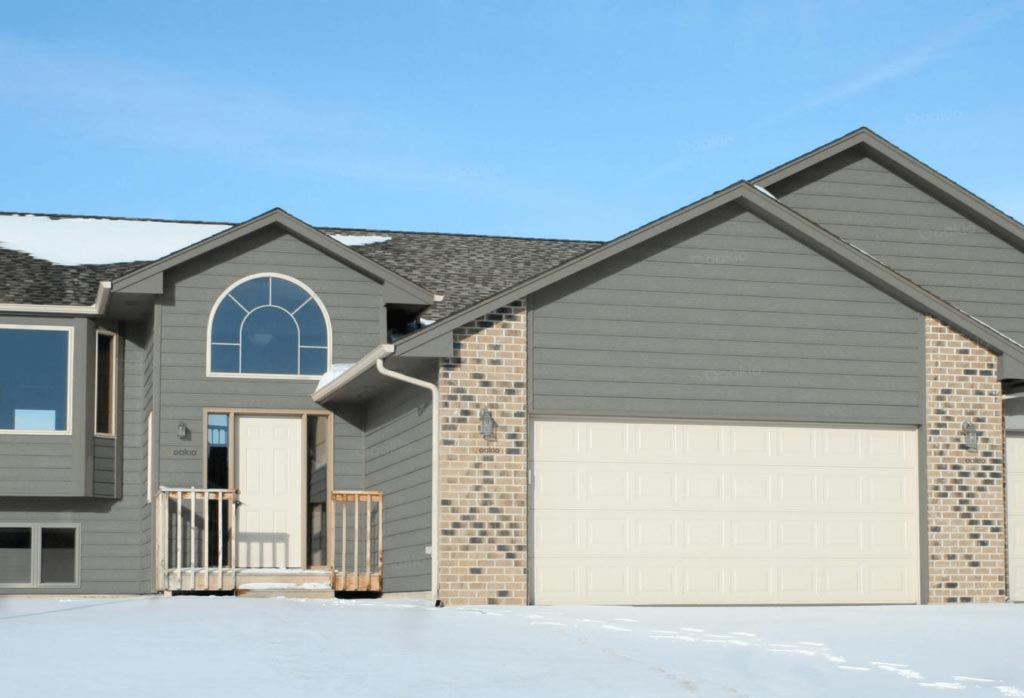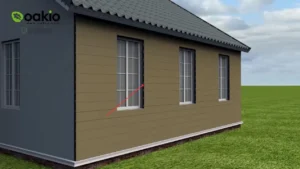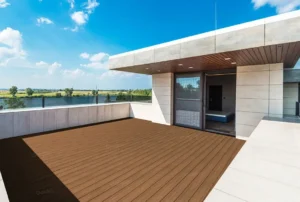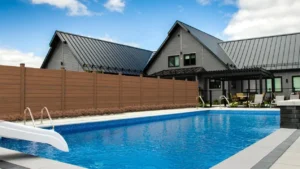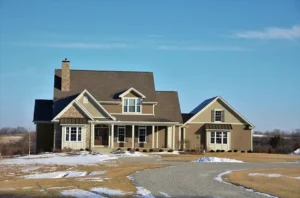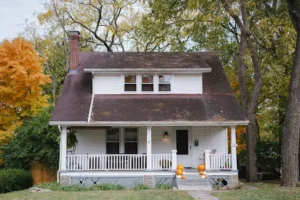What are the advantages of plastic wood composite (WPC) interior and exterior wall cladding?
There are many types of decoration materials on the market, especially in the material of wall panels, and there has been more progress. People nowadays use wood-plastic composite (WPC) interior and exterior wall cladding, but what are the advantages of it when buying? Find the answer in this blog.
In the realm of construction and design, the quest for sustainable, durable, and aesthetically pleasing materials is never-ending. One standout solution that has emerged in recent years is Wood Plastic Composite (WPC), especially when used for interior and exterior wall cladding. This innovative material blends the best aspects of wood and plastic, offering a myriad of advantages over traditional materials. Here’s why WPC wall cladding is a smart choice for modern construction projects.
Eco-Friendly
WPC cladding is made from recycled materials, including wood fibers and plastic. This not only reduces the waste in landfills but also limits the depletion of natural resources. By choosing WPC, you’re opting for a material that supports the environment without sacrificing quality or durability.
Durability and Longevity
WPC wall cladding is highly resistant to weather conditions, water, and pests, making it an ideal choice for exterior applications. Unlike traditional wood, WPC does not rot, warp, or fade over time, ensuring that your building’s facade remains attractive for years. Its moisture resistance also makes it suitable for bathrooms, kitchens, and other interior areas prone to dampness.
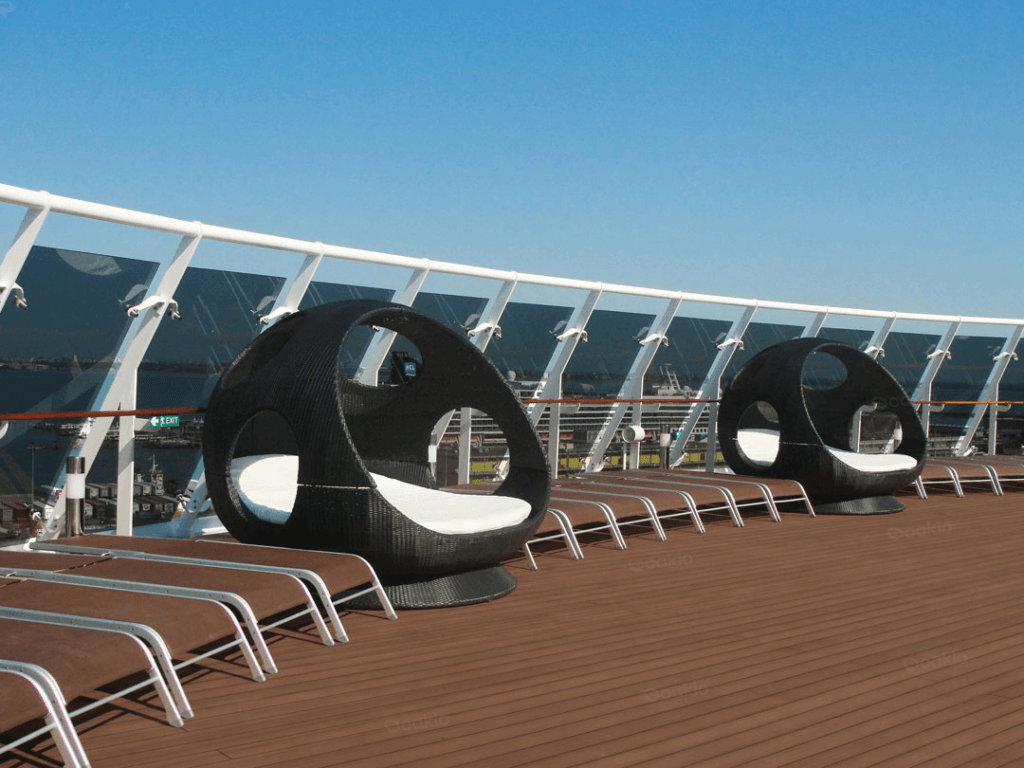
Low Maintenance
One of the most appealing features of WPC cladding is its low maintenance requirements. There is no need to paint, seal, or stain the cladding to maintain its appearance. A simple cleaning with soap and water is all it takes to keep your WPC wall looking new, saving time and money over the life of the product.
Aesthetic Appeal
WPC cladding comes in a variety of colors, patterns, and finishes, mimicking the look of natural wood or other textures. This versatility allows designers and homeowners to achieve a specific style or complement the existing architectural design. Whether you’re aiming for a modern, rustic, or traditional look, WPC can accommodate your aesthetic preferences.

Easy Installation
The design of WPC cladding systems often includes interlocking components, which simplifies the installation process. This can reduce labor costs and time, making it an efficient choice for both new constructions and renovations.
Thermal and Acoustic Insulation
WPC cladding provides additional thermal insulation, helping to keep interiors cooler in summer and warmer in winter. It also offers some degree of acoustic insulation, reducing noise transmission and making interiors quieter.
Safety
WPC is inherently fire-resistant, offering a higher level of safety compared to traditional materials. This feature is especially important in areas prone to wildfires or in buildings where extra fire protection is desired.
Conclusion
Wood Plastic Composite (WPC) wall cladding presents a compelling package of benefits for both interior and exterior applications. Its combination of durability, low maintenance, aesthetic flexibility, and eco-friendliness makes it a superior choice for modern building projects. As the construction industry continues to evolve towards more sustainable practices, WPC stands out as a material that doesn’t compromise on performance or design. Whether you’re a homeowner, architect, or builder, incorporating WPC cladding into your project can contribute to a more sustainable, beautiful, and practical built environment. If you are finding a WPC cladding, Oakio can be your first choice.
Trending Reading
What Are the Differences Between the WPC Board and PVC Board?
[2024 Update] How Long Does WPC Decking Last?
